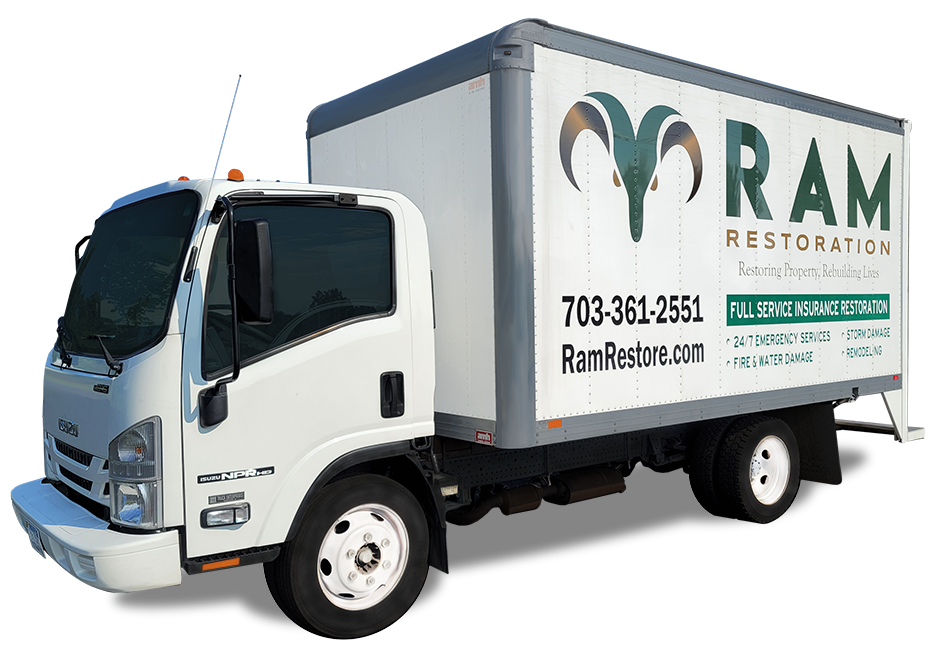Have you ever thought about how a small patch of mold can cause big problems? Mold is a type of fungus that loves to grow in damp, warm places. It’s common in houses but can be very dangerous.
Mold spores are tiny and float in the air. They can cause a lot of damage, like ruining wood, paper, and fabric. This can lead to big repair costs. But the health risks are worse. Mold can trigger allergies, cause breathing problems, or even severe infections like aspergillosis.
If you or your family have allergies, breathing issues, or can’t fight off infections easily, mold is even riskier. To stop mold, it’s key to keep your home dry and clean. But if there’s a lot of mold, you might need professionals to clean it up.
Key Takeaways
- Mold thrives in damp, warm areas, leading to significant damage to household materials.
- Mold remediation is crucial for extensive contamination to protect health and property.
- Health risks from mold include respiratory issues, allergic reactions, and severe infections like aspergillosis.
- Individuals with compromised immune systems are particularly vulnerable to mold health risks.
- Prevention involves controlling indoor moisture and maintaining a clean environment.
- Professional mold inspection and removal may be necessary for severe mold infestation issues.
Understanding Mold: What it is and Why it Grows
Mold is everywhere, both inside and outside our homes. It spreads by releasing tiny spores into the air. These spores can survive in places where mold can’t grow. Mold loves warm, damp spots. It can grow on things like fabric, paper, wood, glass, and plastic.
Indoor mold comes in various types, like Cladosporium, Aspergillus, and Penicillium. Each kind looks and grows differently. Knowing how mold spreads and what it needs to grow helps us fight it. Homeowners can stop mold from causing big problems by understanding these things.
The Variety of Surfaces Mold Can Damage
Mold can damage a wide variety of materials in homes. It can grow on walls, doors, and more. It can even make your home less warm by damaging the insulation. Mold works its way onto and harms many different surfaces.
- Paper products such as wallpaper and cardboard
- Ceiling tiles and wood products like beams and floors
- Insulation materials that can be found in walls and attics
- Upholstery and other fabrics utilized in furniture and carpets
Mold’s effect on wood and fabric is big. It looks bad and can ruin them. This can weaken your furniture and the structure of your home.
It’s important to watch for mold. Catching it early can save you from big repair bills.
Health Risks Associated with Mold Exposure
Exposure to mold can make you feel not-so-great. For some, it’s mild, like allergies. For others, especially those with weak immune systems or lung problems, it’s serious. Asthmatics might find their symptoms get worse with mold.
Mold spores can cause sneezing, coughing, and annoy your skin and eyes. If you’re allergic, you might feel stuffy, get headaches, and have a sore throat. One type called Aspergillus is extra risky. It can cause aspergillosis in those who are more likely to get sick.
Mold in the air can also lead to hypersensitivity pneumonitis and sinusitis. These conditions can make breathing harder or bring other issues. It’s really important to deal with mold problems quickly. If you’re very sensitive, keeping away from mold as much as you can and living in a dry, clean space helps a lot.
Signs You Have a Mold Problem in Your Home
Finding mold is key to a healthy home. Mold looks fuzzy, slimy, or stained on surfaces. It comes in many colors, including black, green, white, and orange.
A damp, musty smell can also signal mold. This odor might show up before you see mold. Mold often hides in tough-to-spot places like under carpets or behind wallpaper. It loves damp places such as bathrooms or near air conditioners.
To find mold, look closely at these places:
- Bathrooms
- Window moldings
- Refrigerator door seals
- Air conditioners
- Areas that had water damage before
Regular checks in these areas are important. Doing this helps find and stop mold early. Watch out for symptoms like allergies or trouble breathing. These can show you might have mold at home.
How Bad is Mold Damage?
Mold damage is more than just a household issue; it affects your health too. It can ruin structural parts of your home and the things you own. Bad kinds of mold can make you sick, causing everything from coughing to major breathing problems.
Fixing mold damage can cost a lot. The more mold there is, the harder it is to get rid of. Getting rid of mold means cleaning out things it touches, using special sprays, and repairing what’s damaged to stop the mold from coming back.
Sometimes, you need professionals to deal with mold. They might need to make big changes to your home or use special mold-fighting products. Since mold can harm your health and home badly, it’s important to deal with it quickly and well.
Preventing Mold Growth in Your Home
Mold needs moisture to grow. So, keeping the house dry is key to stopping mold. It’s important to keep indoor humidity under 60%. You can do this by fixing leaks fast and using dehumidifiers. Also, make sure to have good ventilation. Using special cleaning products that kill mold helps too.
Regular cleaning and drying out wet areas are important for fighting mold. If water is getting into your house, fix it quickly. When dealing with mold, wear protective gear and use the right cleaners. If it’s a big problem, get help from the pros.
To lower humidity, check and clean places where mold likes to grow. This includes bathrooms and basements. Doing this makes your home healthier and reduces the chances of mold.
Conclusion
Mold can be very risky in homes if it spreads. It can harm our health and the house itself. We can fight it by knowing how it grows and stopping it before it starts. We need to manage moisture well. This means fixing leaks right away, keeping good air flow, and lowering humidity inside.
Cleaning often and fixing things on time can help stop mold too. This keeps our home free of mold. If mold does show up, it’s important to get experts to check and remove it. Doing it yourself might not do the job properly.
Knowing about mold and stopping it from growing is our top defense. By focusing on these steps, we keep our spaces safer and healthier. Learning about and working on these mold preventions can save us from mold’s harm.





















